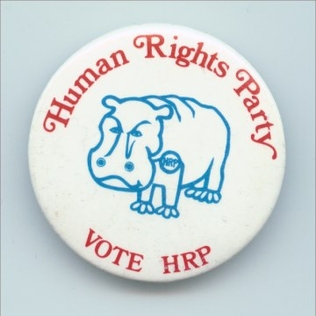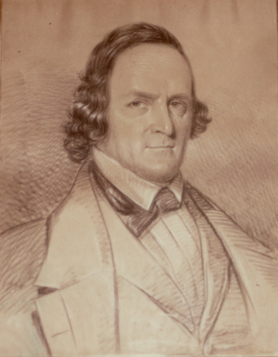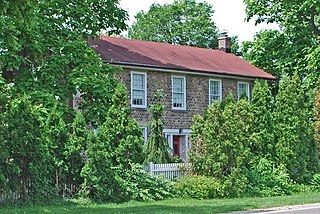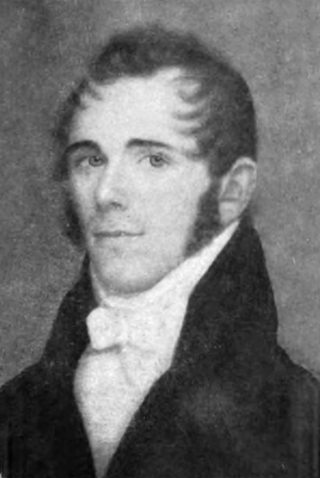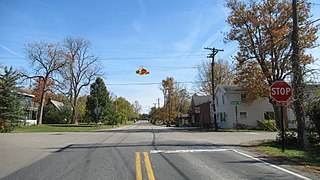The 20th century and progressivism
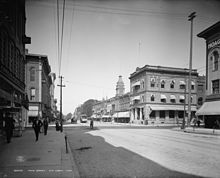
During World War I, Germans became targets of animosity because of their alleged sympathy for the German state, and four professors in the university's German department were dismissed because of what was alleged by the regents to be an "excess" of faculty in the department.
During World War II, Ford Motor Company's nearby Willow Run plant turned out B-24 Liberator bombers and the population of Ann Arbor exploded with an influx of military personnel, war workers, and their families.
East Ann Arbor incorporated as a city from portions of Pittsfield Township in 1947 and was named due to its proximity to Ann Arbor. In 1957, Ann Arbor annexed the city into its boundaries, and East Ann Arbor ceased to exist. [5] [6]

In 1960, Ann Arbor was the site of major speeches by both major presidential candidates, John F. Kennedy and Richard Nixon. On October 14, 1960, Kennedy outlined his proposal for what would become the Peace Corps on the front steps of the Michigan Union (a plaque still marks the spot). On May 22, 1964, Lyndon B. Johnson unveiled his Great Society initiative during a University of Michigan commencement address. [7]
During the 1960s, Ann Arbor became a focus for both the American civil rights movement and the anti-Vietnam War movement. It was, for example, the site of the first major meetings of Students for a Democratic Society in 1960. After a number of protests and an extensive public campaign, the city passed its first fair housing ordinance in 1963.
In June 1969, students and protesters took over portions of South University Avenue over the course of three days of protests and rioting. However, the police, drawn from many surrounding communities, and many with their names and badges covered up, took back the streets with the use of tear gas, police dogs, and the threat of firearms. Between 1972 and 1976, the city council went through a period in which three members of the Human Rights Party (HRP) were elected and fought for several measures that at the time seemed radical, including a pioneering anti-discrimination ordinance, an ordinance reducing penalties for possession of marijuana (the famous "five-dollar pot law"), and a rent control ordinance. [8] In 1973, Kathy Kozachenko was elected to the Ann Arbor city council, becoming the nation's first openly gay candidate to run successfully for elected office.
Throughout the 1960s and 1970s, Ann Arbor was home to many influential rock bands, such as the MC5, Alice Cooper, Iggy Pop, Brownsville Station, George Clinton, Bob Seger and the Silver Bullet Band, Mitch Ryder, and The Rationals. Madonna was a dance major at the University of Michigan in the late 1970s. In 1969, avant-garde jazz bandleader Sun Ra and his Arkestra spent about a month living in an Ann Arbor frat house, with poet-impresario John Sinclair and his radical White Panther Party for next-door neighbors.
Four years after leaving the White House, Gerald R. Ford – a former student and college football player at Michigan – opened his Presidential Library in Ann Arbor. His Museum is located in Grand Rapids, Michigan.
The economy of Ann Arbor underwent a gradual shift from a manufacturing base to a service and technology base over the course of the 20th century, a shift which accelerated in the 1970s and 1980s. As of 1999, Ann Arbor was home to 25 research centers and libraries.
During the same period, land values have increased and the city has gentrified. Some long-time residents have been driven out by high prices.
Conservative groups and movements have also started within the city. The Word of God, a charismatic Christian movement of global scope, started in 1967. [9] Ann Arbor also became the site of the Thomas More Law Center, a leading religious-conservative advocacy group founded in 1999.








